But before we get to the numbers, a refresher on the SPF acronym itself: Sun Protection Factor.
So, you think the higher the number the better it is at protecting your skin, but why? And before your mate’s sister’s bestfriend tries to tell you otherwise, no it is not the number of minutes it will take for your skin to burn.
The SPF rating indicates the amount of potential UV radiation that is reaching the skin when sunscreen is applied according to directions. For example, SPF 30 is estimated to filter 96.7% of UV radiation (meaning only 1/30th is reaching the skin). Which means SPF 50 is estimated to filter 98% of UV radiation (so only 1/50th is reaching the skin)*.
Teeny difference in percentages. Big difference in fractions.
Spanning a lifetime - these numbers truly add up.
Under controlled conditions, like a laboratory, a sunscreen with higher SPF and broad spectrum coverage (filters both UVA and UVB rays) offers more protection against sunburn.
But life ain’t like a lab. Instead a lot of sunscreen user-ers are lulled into a false sense of security when lathering on SPF 50. So much so they tend to stay out in the sun longer, not apply as much in the first instance, and sometimes skimp on reapplication too.
“When sunscreens are tested for SPF [under lab conditions], the product is applied at 2mg per cm2. This is roughly equivalent to seven teaspoons - one for each limb, chest, back and face, for the average adult. Most of us do not apply sunscreen to the desired amount which effectively reduces the SPF. In actual fact, most of us are walking around with an SPF of ½ to ¼ of what is stated on the product. This also explains why aerosols and spray sunscreens are problematic, as it’s difficult to achieve the desired thickness of application with these formulations.” Explains Dr Annika Smith, Consultant Dermatologist at The Skin Hospital Darlinghurst.
Rain, hail or shine you should be: applying sunscreen liberally to all exposed areas at least 20 minutes before going outdoors, reapplying every two hours, especially after swimming, sweating, or excessive towelling, seeking shade, wearing protective clothing and eyewear, and ordering too many potato scallops at the kiosk.
What’s that plus symbol (+) next to some sun protection factor ratings, you ask? Well, Cancer Council advises this means ‘more than’. For example, sunscreen labeled as SPF 50+ must have shown results of SPF 60 or more. Because different formulas undergo slightly different tests, in slightly different labs, aiming for SPF 60 removes any margin of errors and ensures you are very much protected beyond what the bottle says.
Some level of UV is always going to get to the skin. No sunscreen (yet) can completely block out UV rays and protect you entirely from the associated skin damage.
Sunscreen is just one crucial part of protecting your skin. Reach for protective clothing, eyewear, a hat, and seek shade. Then reapply your SPF frequently in accordance with directions.
Wear it. Always. Thank us later.




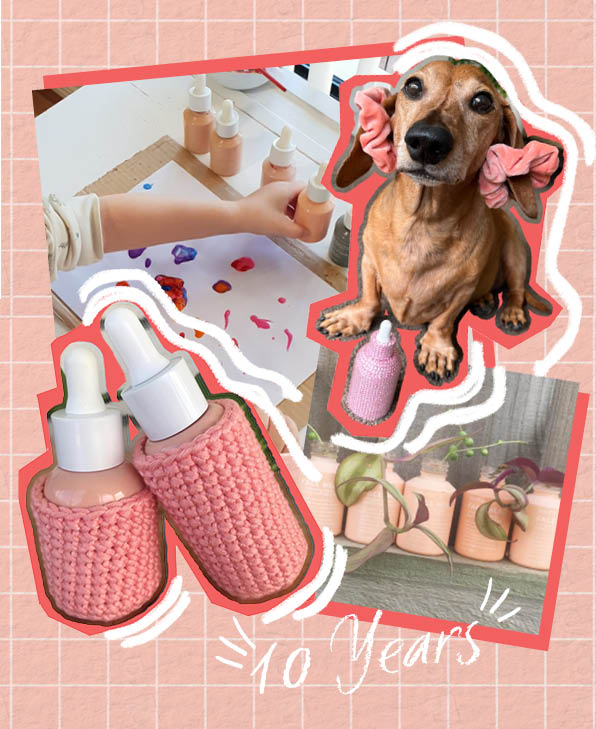

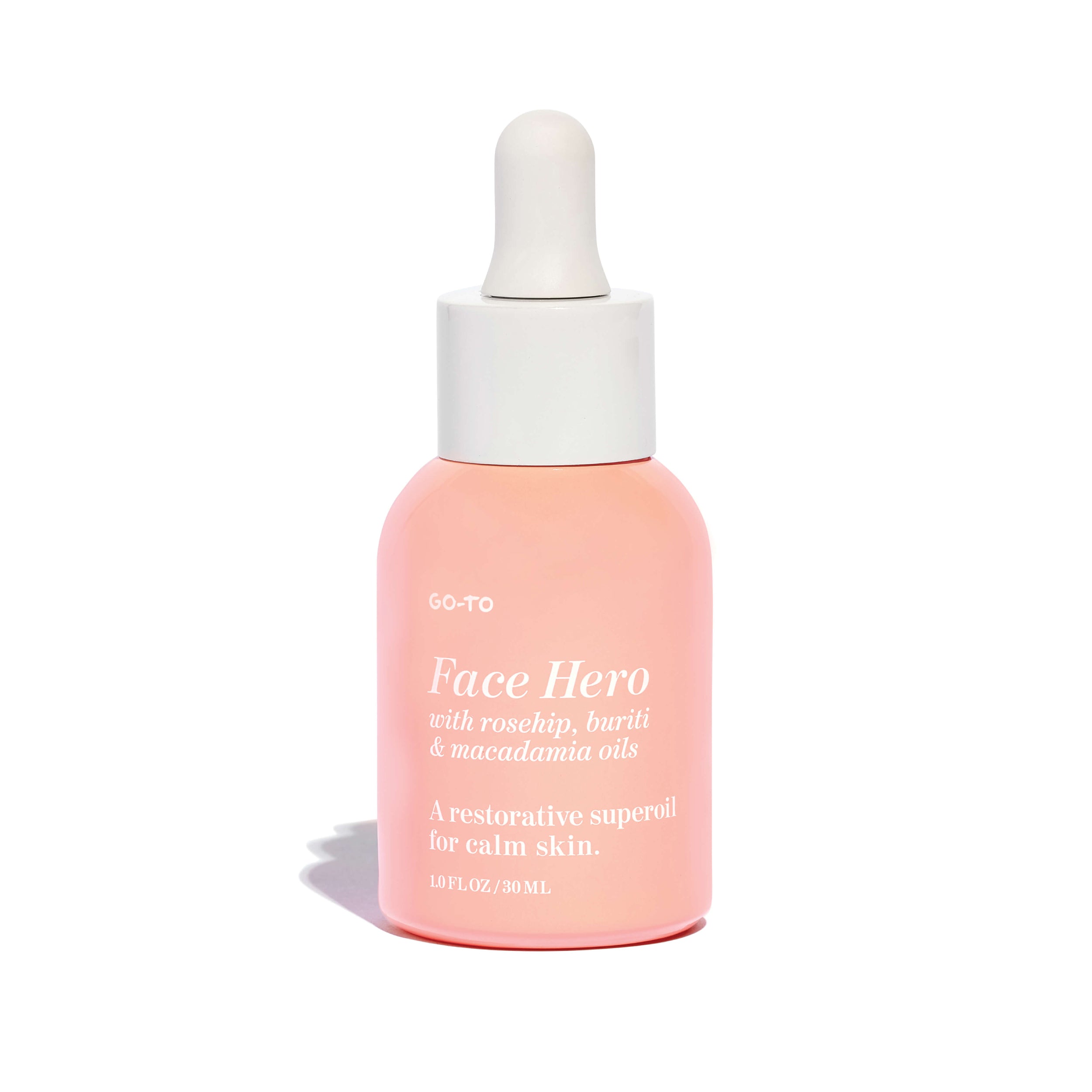


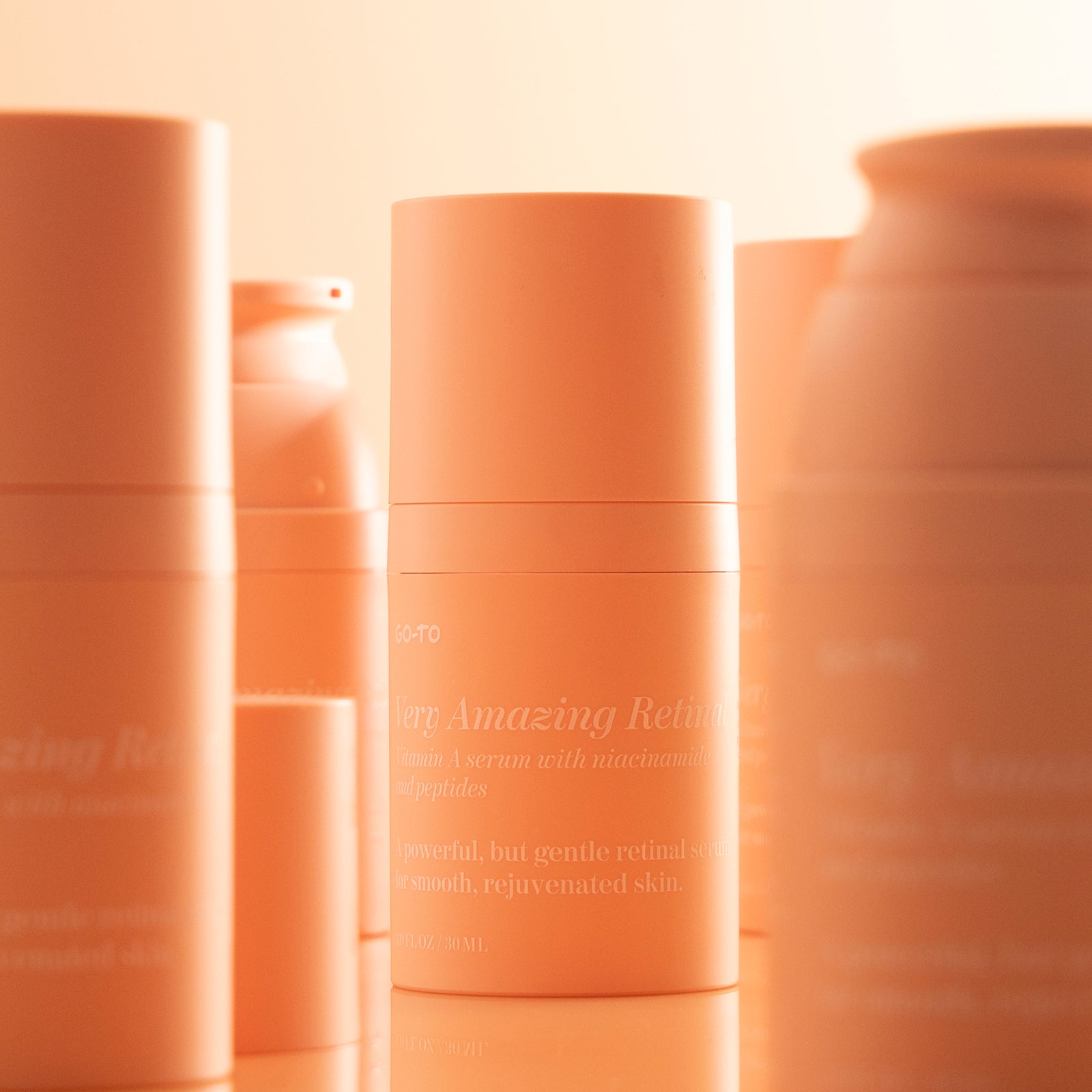
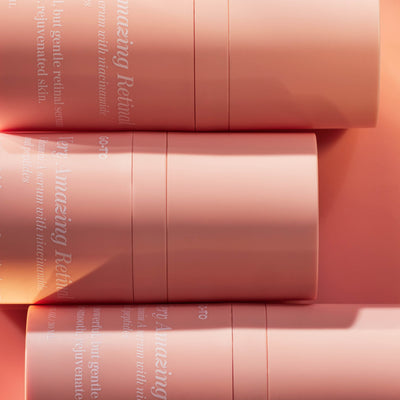

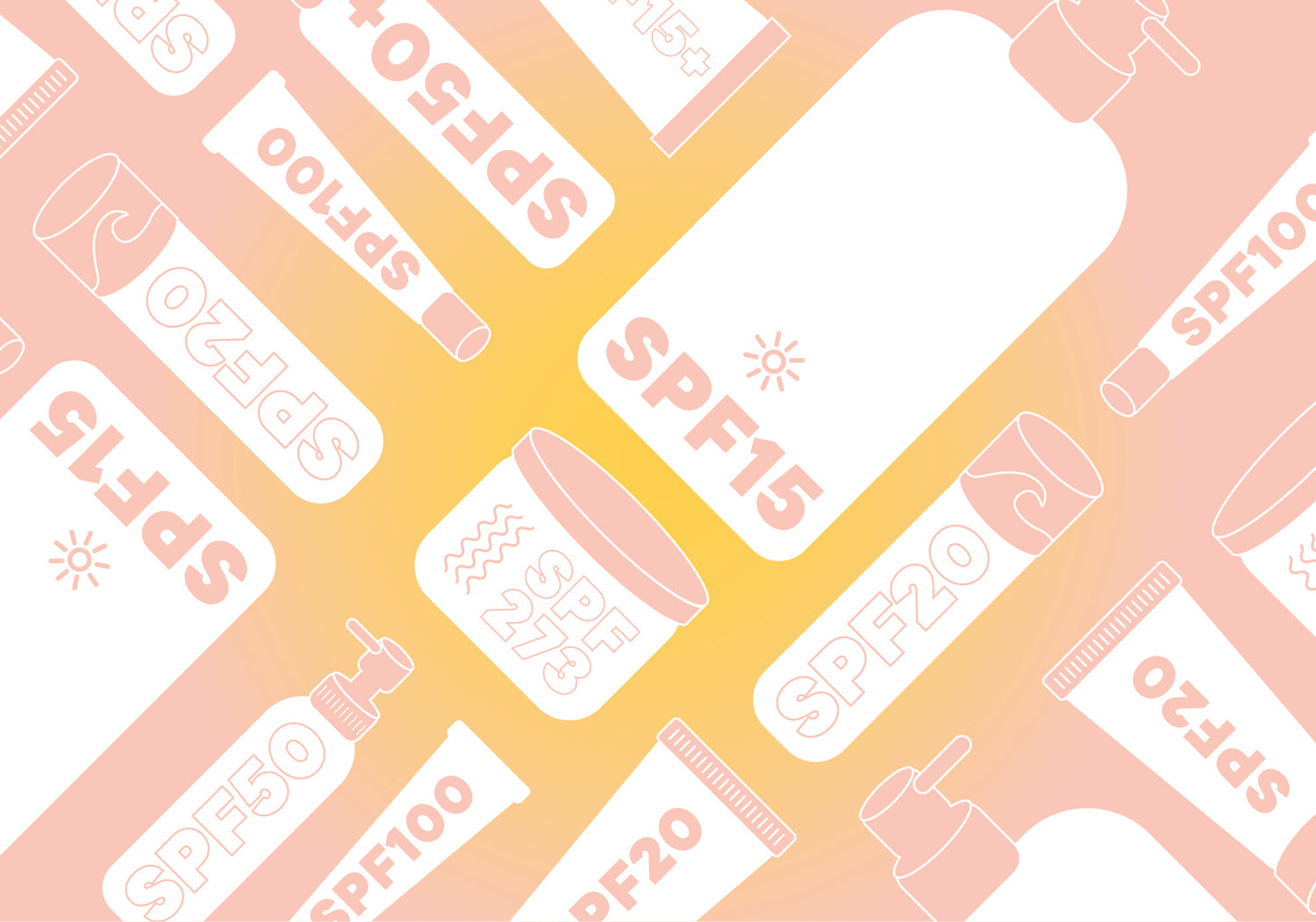



Comments